Beginner's Guide for Graphic Design
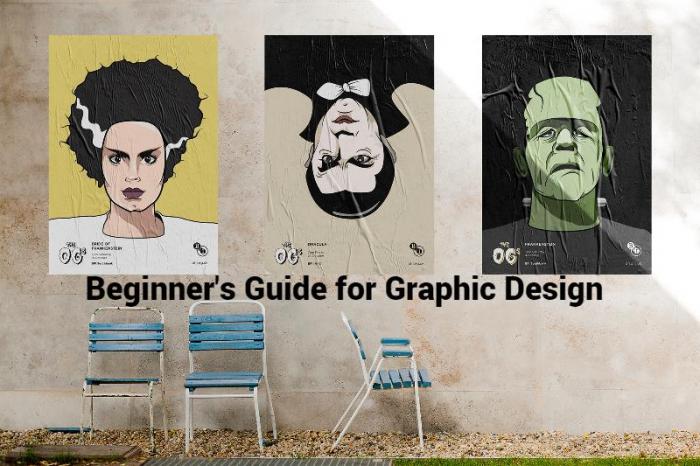
Graphic design is a critical component of any brand, company, or organization, as it enables them to portray the essence of their work and the value they bring. A graphic design professional not only has to truly understand the brand, but also illustrate their message visually in the most appealing and compelling way. Needless to say, your branding and graphic design portfolios are expected to display skill in creativity and practicality. If graphic design seems too daunting, don’t worry. Follow our beginner’s guide for graphic design, which goes over essential aspects such as what is graphic design and how to build a graphic design portfolio, helping you get started. This guide also includes technical tips, such as making use of an image enhancer to increase the resolution and quality of your images.
Especially when it comes to the function of photo enhancement, this service can be regarded as an efficient tool provided by VanceAI, which helps you to remove disgusting blurry, or noisy parts. It also helps you finish the task of image enhancement. In doing so, it is more likely to produce high-quality grphic design and make photo hd.
What is Graphic Design?
Graphic design is vast and filled with options. You can create graphic design with multiple techniques and for different purposes. This results in you having graphic design posters that are all unique and highlight various graphic design principles. Let’s take a look at a few graphic design examples.
6 Great Graphic Design Examples
1. Illustrations
Illustrations are easily one of the most well-known and important aspects of graphic design because of what it is used for. Illustrations are made by mixing together graphics, texts, colors, and more in order to convey the message of a brand. As such, it is important that all tools are of a good quality. You can make use of an AI Upscaler to ensure best quality images. Given how crucial graphic designing is to a brand, illustration skills are highly sought after.
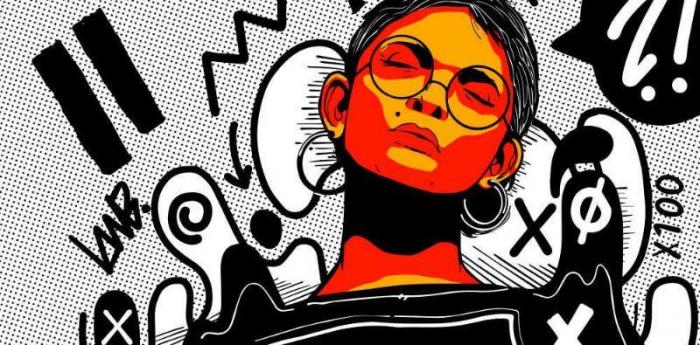
Illustrations can be used in multiple mediums. They can be used for creating book or magazine covers, posters for an event, app, website, brand, etc, or they can be used for social media as well. A well made illustration will not only capture attention but also make the viewers understand what you’re trying to say.
2. Brand’s Visual Identity
Continuing from Illustrations in graphic design, we now look towards ideating and creating a brand’s visual identity through graphic design. Creating a brand identity involves a slightly different approach because the key factor here is consistency. For example, a brand like Coca-Cola will mostly stick to the color red because everyone recognizes them for that. Similarly, creating a brand’s visual identity will also involve using aspects like color, font, graphics, etc that are reminiscent of the brand and maintaining that style. Of course, there can and are variations in the style but only to a limited extent.
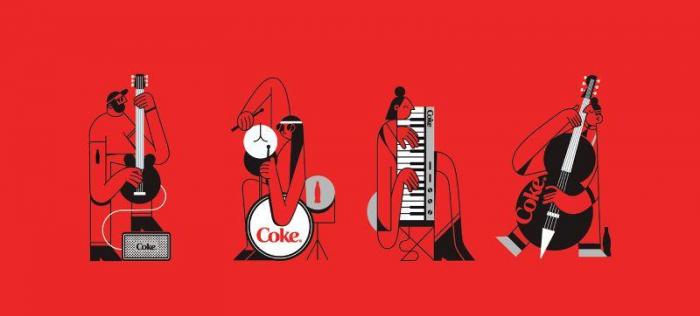
This type of graphic design is most prominent in logo design, business cards, posters, and more.
3. Web or User Interface Design
The online presence of a brand can make or break their game. Also, it’s not just about having a website and social media accounts, it’s also about how to design them. Especially for brands, most people often expect gorgeous looking websites, smooth UI functionality, and expressive design. UI design that comes under the realm of graphic design usually includes buttons, fonts, text and writing style, color palettes, etc. A great graphic design for UI is one that isn’t afraid to experiment but nonetheless has enough familiarity for users to have an easy time navigating.
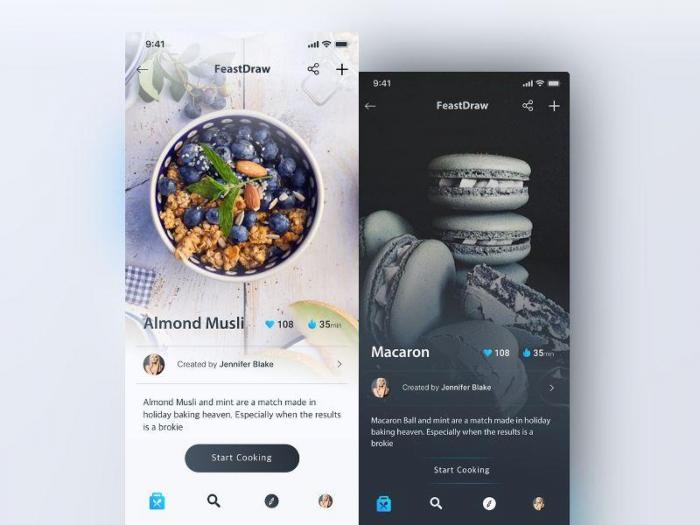
The above example displays experimentation through different colors and wallpapers but maintains the core design of the functionality.
4. Graphic Design for Marketing Campaigns
The more action-driven part of graphic design. As you could guess from the header, graphic design for marketing campaigns follows the principle of driving in customers and sales for the brand. A graphic design cover letter, social media post and advertisement, event page, and everything else related to marketing and/or advertising is expected to be short, direct, and interesting. The key here is not just to inform, but to arouse interest and desire in viewers so that they actually check out your product and service.
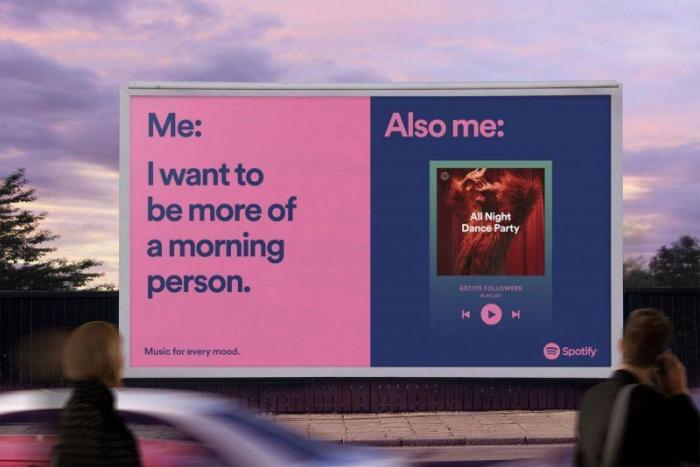
Extra creative points for this particular billboard since it incorporates a popular meme format into the marketing design with attractive colors. Other examples of marketing campaign graphic design can also include posters, social media posts, emails, and infographics.
5. Graphic Design for Packaging Your Products
Package design is a rather complicated task given that you have to consider the technicalities of applying your design on a physical product. However, the results that you can get from it are also highly rewarding as customers get a direct experience of your work. Similar to the brand identity principle, your product design also needs to keep the brand style in mind, while working smoothly with the product’s size, texture, shape, and other relevant details. Package design is mostly found in objects such as apparel, toys, food and beverage items, and more.

6. Designs for Presentations
Presentations are pretty much a vital part of professional work and academics. We’re taught to give presentations from a young age and now with so many free tools for image editing such as VanceAI and Canva freely available to us, we are also expected to upgrade our skills. A well-made presentation will have a cuttingly concise message with visual components that resonate with the brand and invite outsiders in. Considering that presentations are also used as sales pitches to clients and shareholders, it is absolutely important to synergize your visuals, texts, animations, etc in the best way possible. A good presentation can go a long way.
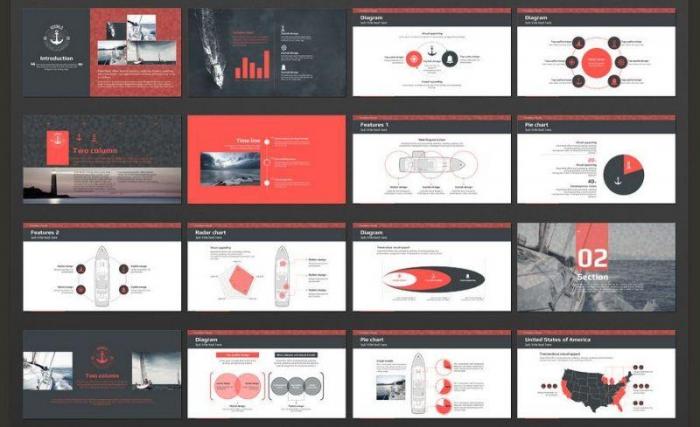
How To Make a Graphic Design Portfolio?
A graphic design portfolio is what designers and professionals use to present their capabilities and land clients. Here are some tips on how to make a graphic design portfolio that will attract more business for you.
1. Create Projects Even If You Don’t Have a Client Yet
This is arguably the most important step in creating your portfolio. Having your own set of projects, no matter how small or complex, will prove to potential clients that you are dedicated to your craft and willing to go above and beyond to practice your skills. Moreover, you are bound to find out your comfort zone or niche regarding graphic design and clients who also work in said niche will be more likely to engage with you. You can maximize this effect by sharing your work on various platforms, such as Pinterest, Behance, or even Upwork.
2. Be Specialized
Continuing from the previous tip, what you eventually want to do is start reviewing your portfolio and projects. Find out the very best work that you have done and showcase just that. A smaller portfolio filled with your best work ends up making a bigger impact. Besides, there are very few clients or viewers who will actually go through all of your projects anyway. Not to mention that you can curate your portfolio according to your niche only, so that you get work where you want to.
3. Make Use of Professional Software Tools
Graphic design is a vast field and requires many different kinds of image editing and enhancement tools that any one software simply cannot provide. If you want to create a visual from scratch, an app like Photoshop is ideal. VanceAI is the best for online image editing, cropping, resizing, color correction, and other post-production tasks. Lastly, Canva can help you make presentations, thumbnails, and more quite easily.
You can find more immensely useful graphic design portfolio tips on the link given.
Conclusion
Graphic design is a really dynamic, creative, and challenging space. Graphic design posters, social media posts, business cards, websites, and everything else need to have the ability to connect to audiences and make them interested in your brand on a deeper level. With graphic design, you should invite viewers into your vision and arouse their interest in a way that makes them engage with you, either through social media, sales, or anything else. With these tips and graphic design principles, you can better understand the world of graphic design and get started on your own journey.



